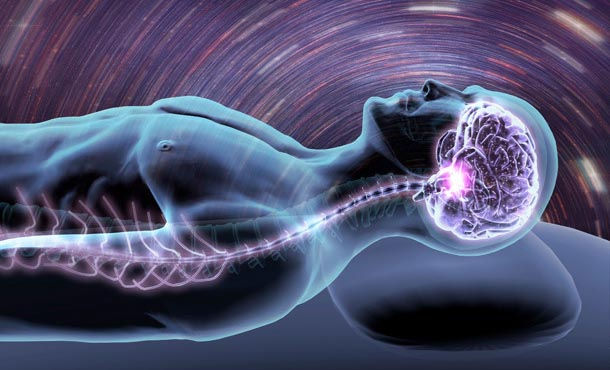How art affects brain-II
- Stilyana Angelova Karadzhova

- Dec 2, 2022
- 2 min read
Visual art can produce a lot of the same effects that music does. General feelings of happiness and calmness can be found and utilized via art therapy. Many people use these benefits of art to quell distress and solve problems in their own lives, and part of this effect is suggested to be caused by being involved in something tangible (Malchiodi, 2012). Tangibility is something that isn’t often seen when dealing with mental issues. Most all of our mental issues stem from the chemicals within us that dictate how we view situations and the reactions we have in regards to them, and while it may be possible to visualize how these chemicals work, you cannot mold your reactions and chemical outputs like you can mold a block of clay or paint a piece of canvas. Control is something that many who are struggling with internal battles such as mental illness or grief are desiring to achieve, and art therapy and other physical-emotional therapies can help achieve a more tangible version of this.

Researchers say that creative pursuits help to build connections in the brain to strengthen cognitive reserve, or brain resilience, and subsequently prevent memory loss. Creating artwork can also improve fine motor skills through small, purposeful movements, which may help to prevent pain and stiffness. Beyond the physical and mental benefits, art can have an important emotional impact as well. For those who have trouble expressing themselves, creating a visual representation of thoughts and feelings can be a simpler way to communicate. Communication with others reduces feelings of loneliness and isolation. The AARP says that doing the arts and crafts you did as a child can help you connect to positive childhood memories and emotions.
There is increasing evidence in rehabilitation medicine and the field of neuroscience that art enhances brain function by impacting brain wave patterns, emotions, and the nervous system. Art can also raise serotonin levels. These benefits don’t just come from making art, they also occur by experiencing art. Observing art can stimulate the creation of new neural pathways and ways of thinking.
Art accesses many of the advanced processes of the human brain, such as intuitive analysis, expressivity, and embodied cognition. Artists are often better observers and have better memory, and this may be due to how art affects the brain’s plasticity.




Comments